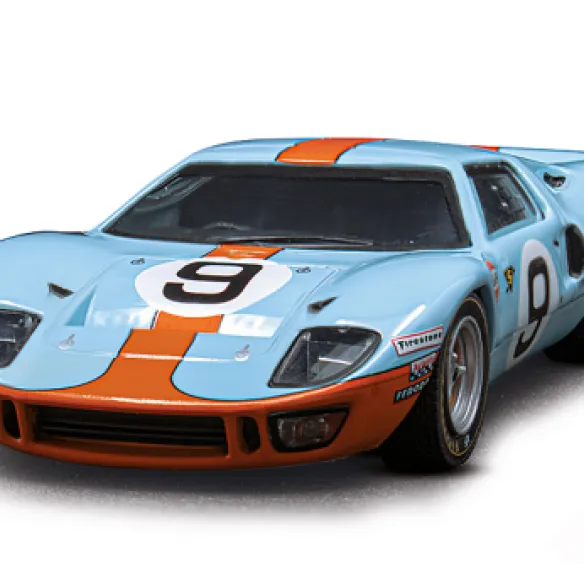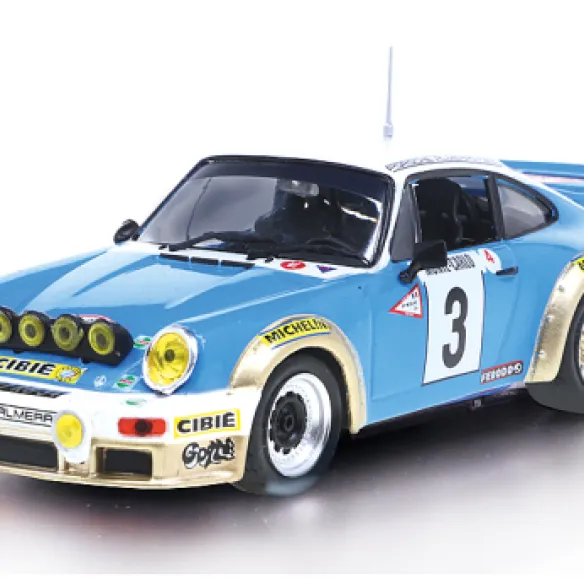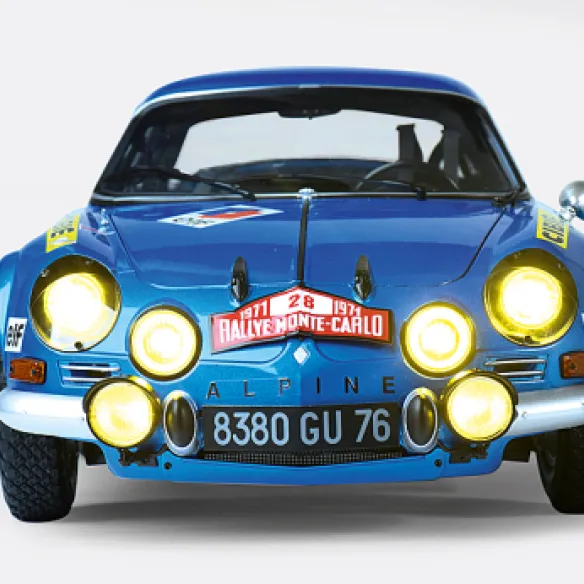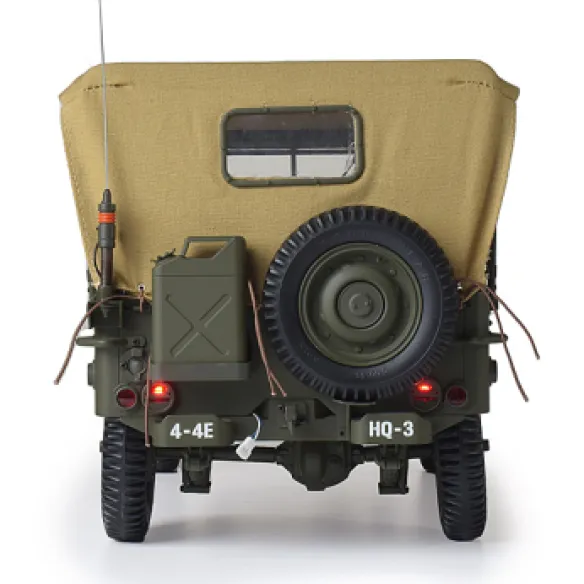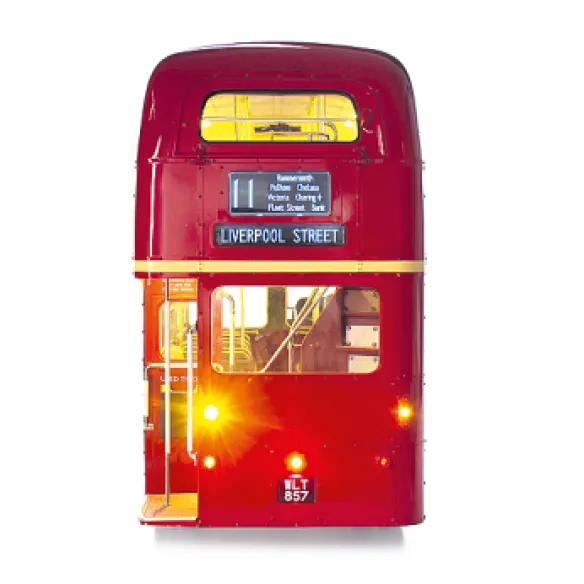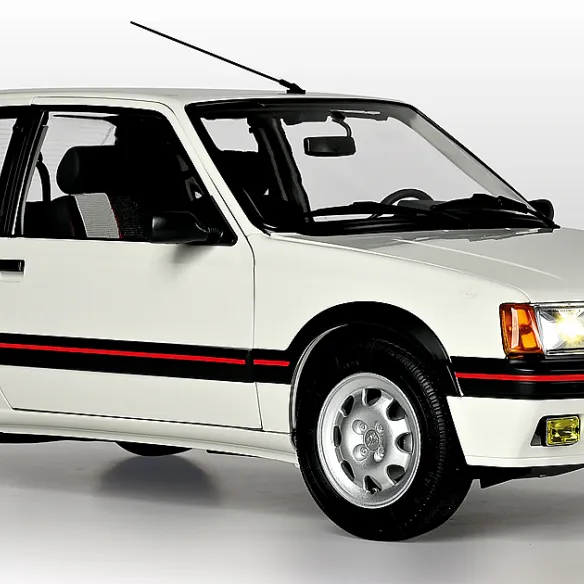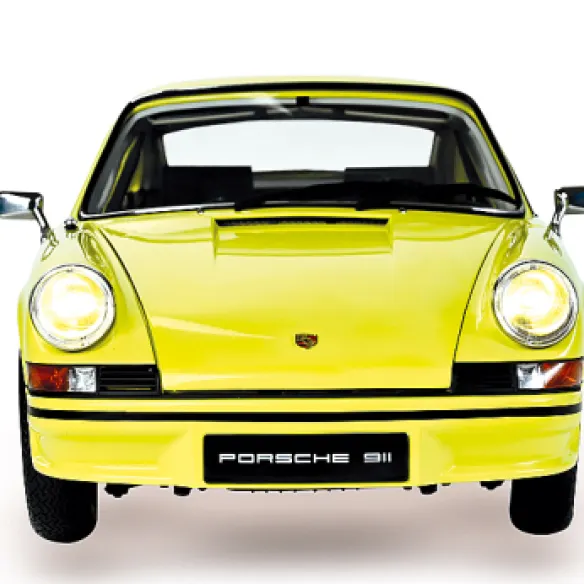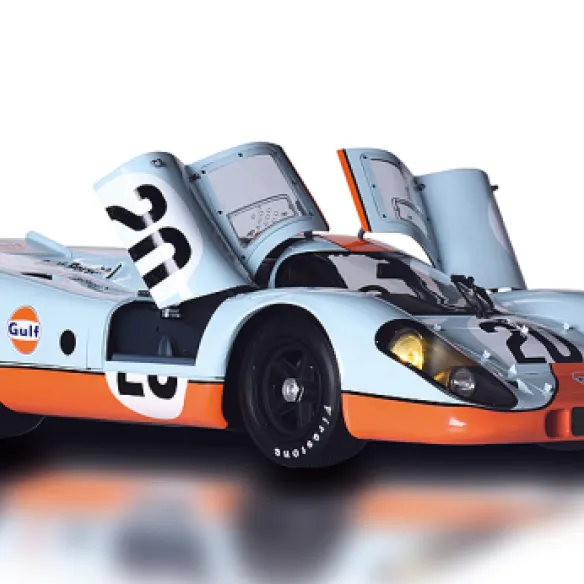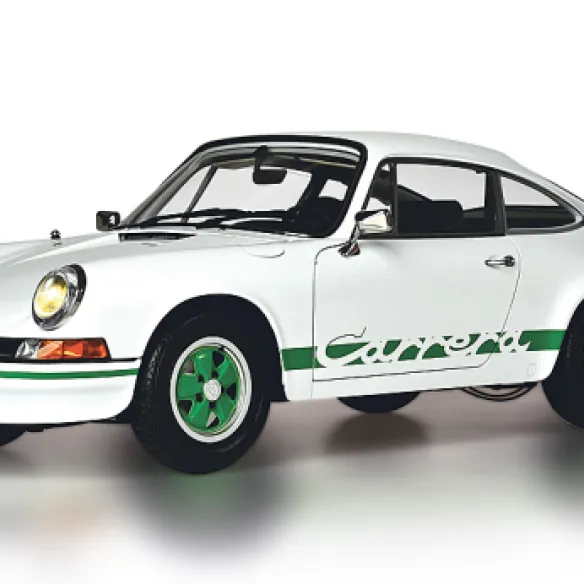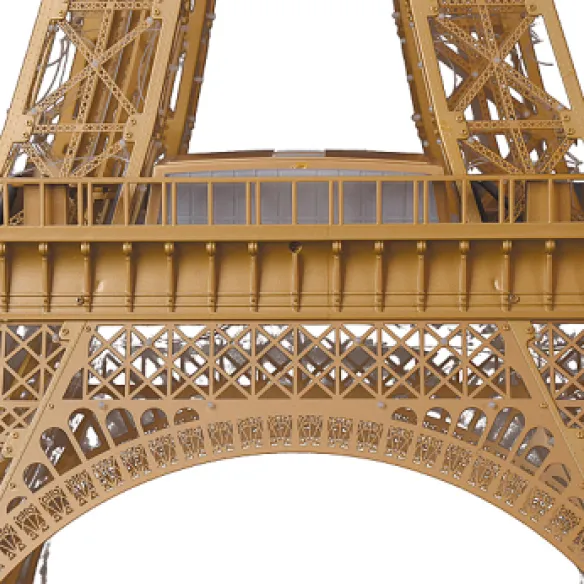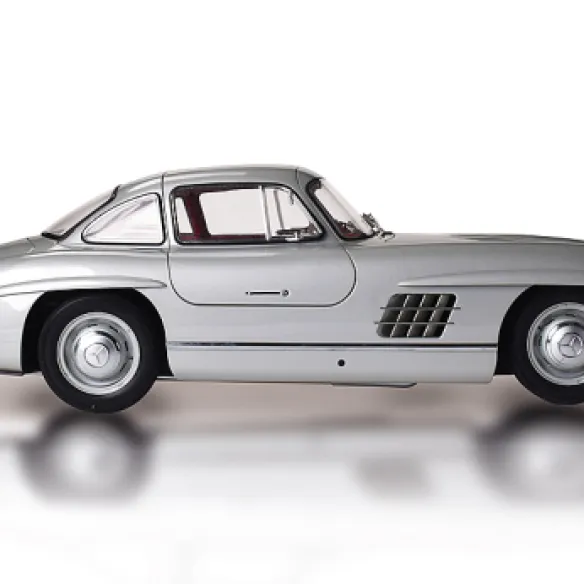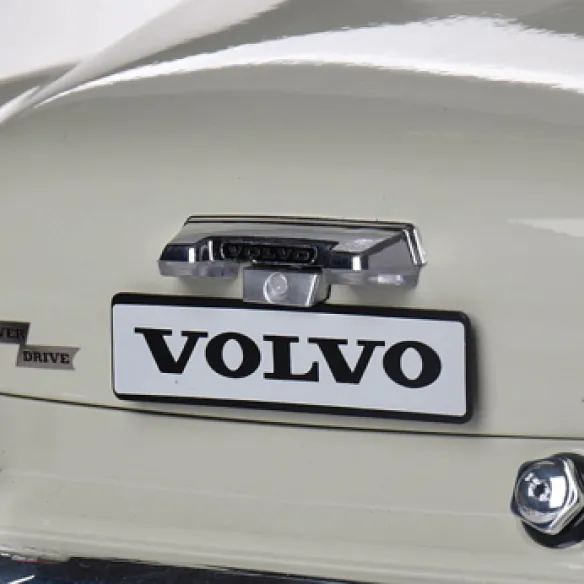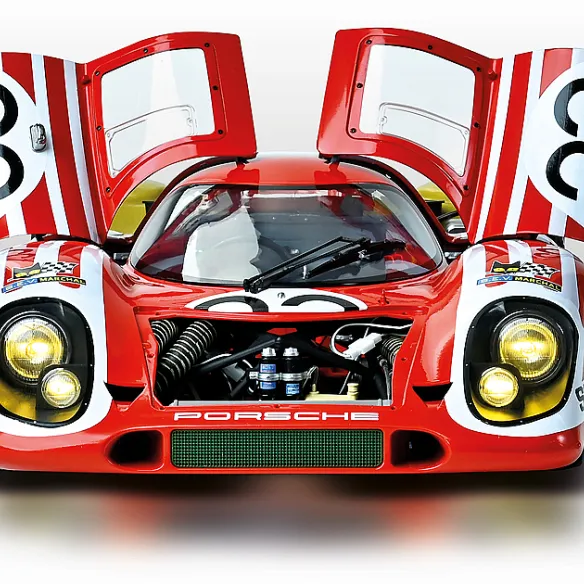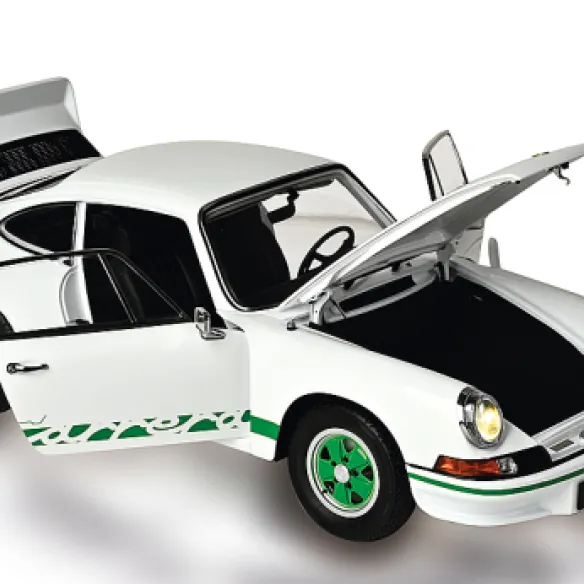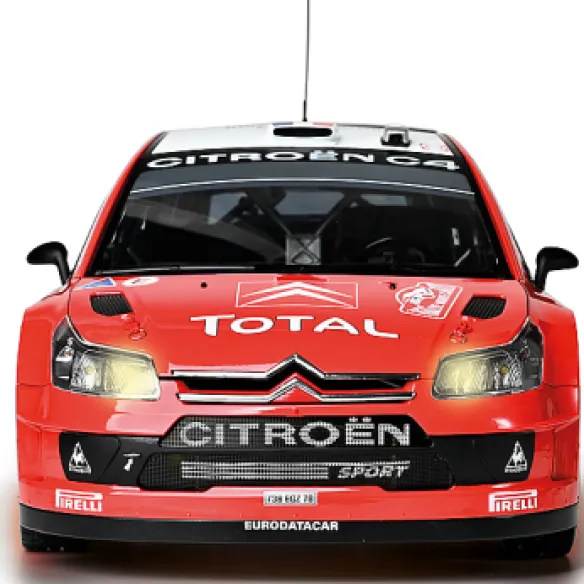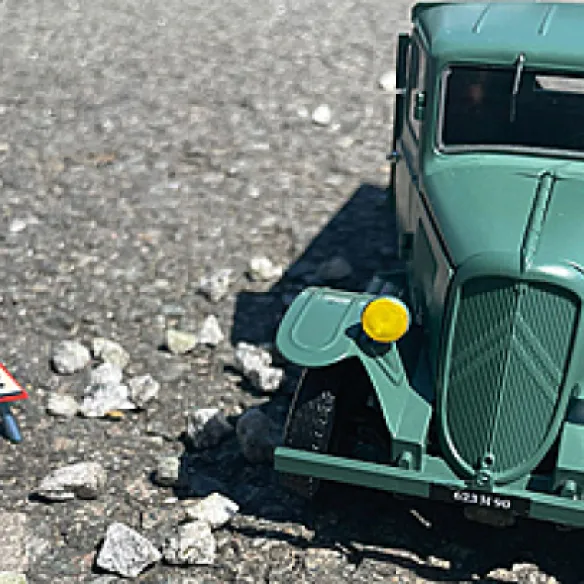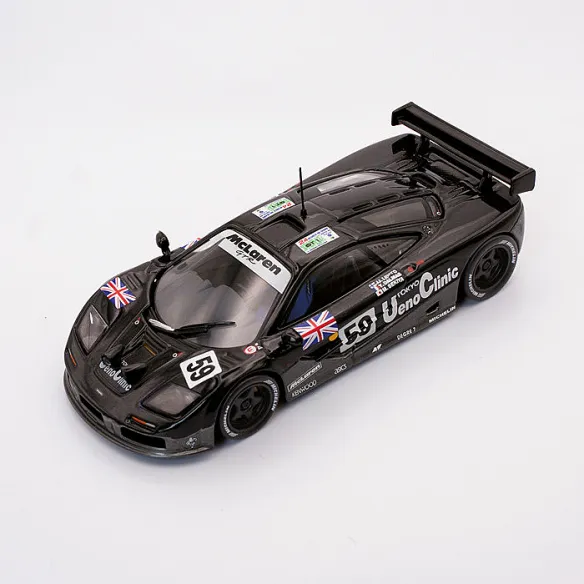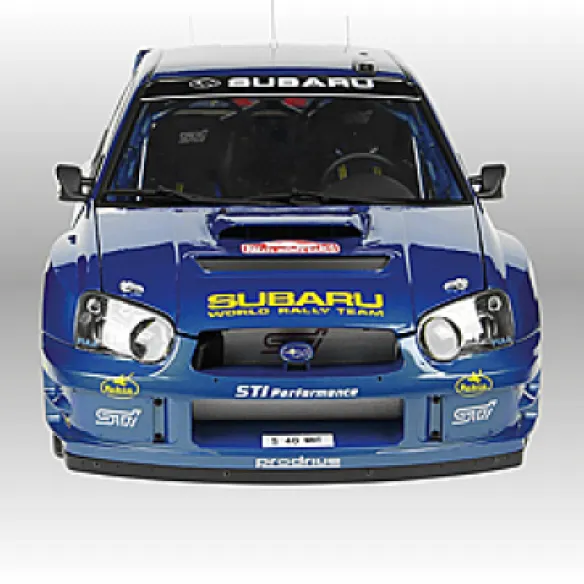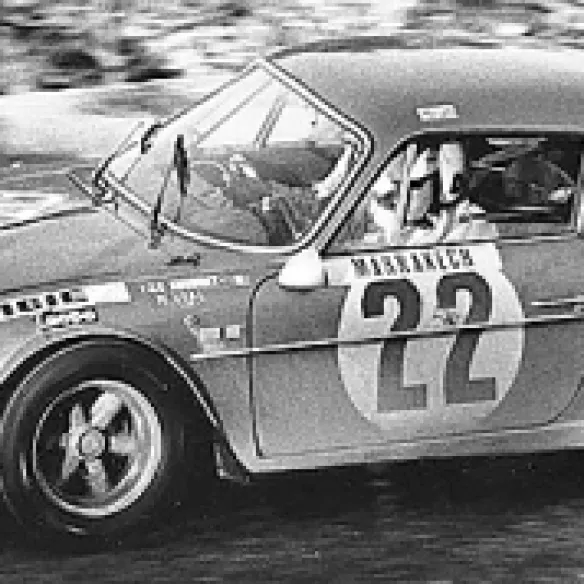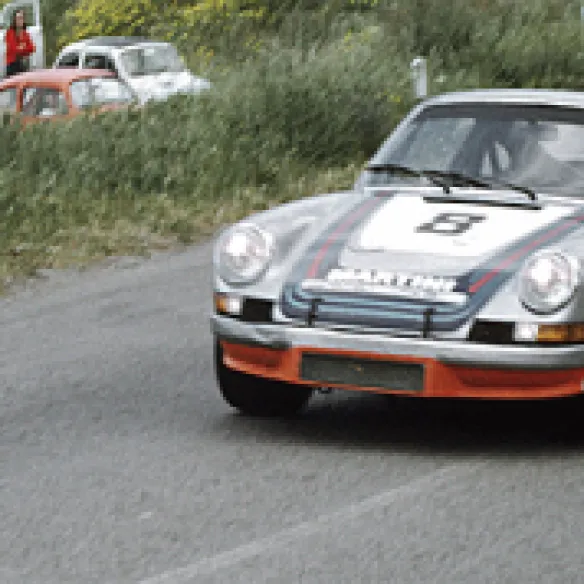
27/05/2023
BMW 3.5 CSL - 1976
BMW 3.5 CSL
Author : Cette collection est une adaptation de 24H Le Mans ® Le auto delle corsa più leggendaria al mondo Éditeur : Centauria Editore s.r.l.
Read moreConcluding the career of a model that was just as popular on the road as it was on the track with a class win at Le Mans would have been the best way to crown the success achieved in European competitions. However, for the BMW E9, this dream was not fulfilled. The Bavarian coupé known by its commercial names of 2800 CS and 3.0/CSi/CSL ceased production in 1976, while its racing variant, introduced in 1972, unsuccessfully attempted to win in a version prepared for the new Group 5: the BMW 3.5 CSL. The new Group 5, now redefined as the Special Production category, allowed the same cars as Groups 1 to 4, but without the obligation of a minimum production run and with greater freedom for modifications.
For each engine cylinder capacity, the new regulations stipulated a lower minimum weight than in the previous Group 4 (for the 3 to 3.5 litre category, this was reduced from 1,005 to 915 kg) and allowed the use of 16" wheels for models over 3 litres. The cars were lighter and more efficient, and therefore just below the Group 6 Sport. On the basis of this data, the BMW Motorsport department decided to use the 1973-1975 Group 2 CSL as the basis for the new car, but made no particular changes to the engine, as the 3,495cc block with 4 valves per cylinder was already fitted to 3.0 models. The new car made its debut in March at the 6 Hours of Mugello and two months later scored its first success at the 6 Hours of Silverstone with a private team, followed by the 1000 Km of Nürburgring with the official team.

1. The two official cars wear the colours of different sponsors. No. 43 in green represents the Austrian beer brand Gösser. No. 42, in black, is sponsored by the cigarette brand Gitanes.
2. Among other innovations authorised by the new Group 5 regulations, 16" wheels were permitted for cars over 3 litres.
3. In terms of aerodynamics, the main difference between the 1976 cars and their predecessors was the new spoiler, which was set much further back.
© IXO Collections SAS - Tous droits réservés.
At Le Mans, the new Group 5, like Group 6, proved to be the busiest of the eight categories present at the start, with 16 cars competing in the 'over 2-litre' category. Of these, 6 were BMWs, three of which (including a Turbo) were entered by the official team, ready to battle with the Porsches. But the task proved impossible, and the Stuttgart rivals dominated the race, claiming outright victory with the 936 and first place in Group 5 with the 935. In addition, three Porsches dominated the category rankings before the first BMW crossed the line, the No. 42 3.5 CSL taking tenth place overall and fourth in class.
Apart from this car, the only CSL to finish was that of the private team "Les Maisons de Week-End", which was, in fact, a Group 2. The other two official CSLs dropped out early, in particular the No. 43 driven by Dieter Quester, Albrecht Krebs and Alain Peltier, which was forced to stop in the 12th hour due to an engine fire. The Austrian Quester, co-winner with Krebs of the victory at the Nürburgring two weeks earlier, was taking part in the 24 Hours of Le Mans for the second time. In the previous race, in 1973, he won the Touring category in a 3.0 CSL; up until 1986, he made a total of eight other appearances, despite having to withdraw several times. In 1980, with an IMSA BMW M1, he finished fourth in class alongside Frenchmen Didier Pironi and Marcel Mignot.

1. The large rear window inherited from the production model is covered, on all CSL models, by a sort of fixed Venetian blind that protects the driver from reflections.
2. All CSL racing cars have side exhausts, not rear ones. On Group 5 cars, these are particularly protruding.
3. The Group 5 regulations impose a maximum width for bodywork, except for the wings and the wheel arches, which are increased to the maximum possible.
© IXO Collections SAS - Tous droits réservés.

A. The front of the 3.5 CSL continues to use the twin headlights of the road version, although some versions only use the external headlights, with the inner headlights concealed. © IXO Collections SAS - Tous droits réservés.

B. The boot lid of this racing BMW and the boot do not have hinges and are only removable, hence the external mounting plates. © IXO Collections SAS - Tous droits réservés.
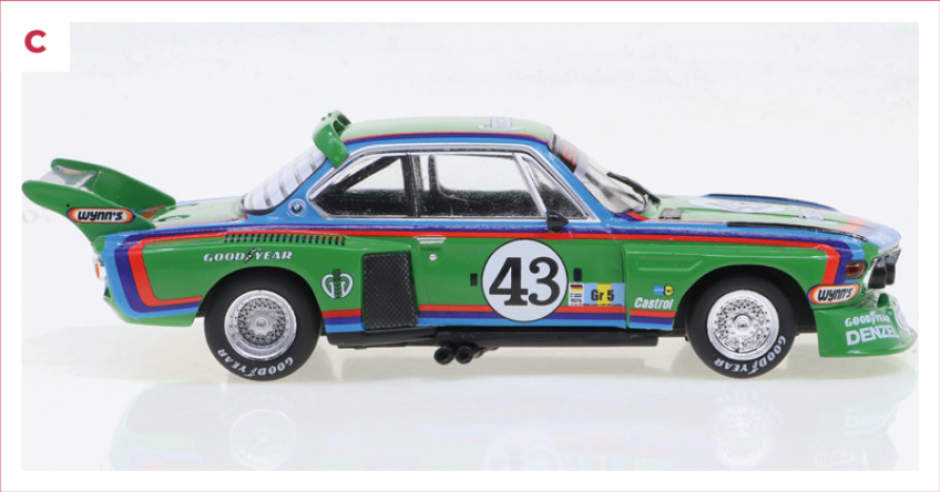
C. The obligation to retain the bodywork of the production model, notwithstanding the visible aerodynamic appendices, earned the Group 5 the nickname "Silhouette". © IXO Collections SAS - Tous droits réservés.
Recent articles

06/05/2024
PORSCHE 935/78 « Moby Dick »
Trois ans d’évolution pour arriver à 850 ch de puissance
Read more
05/05/2024
PORSCHE 911 CARRERA 2.8 RSR
A SINGLE MOTTO : REDUCE WEIGHT AND GET MORE HORSEPOWER FROM THE ENGINE
Read more

01/05/2024
PORSCHE 917 kH
The most refined engine never created by porsche
Read more


 English
English français
français Deutsch
Deutsch español
español italiano
italiano português
português